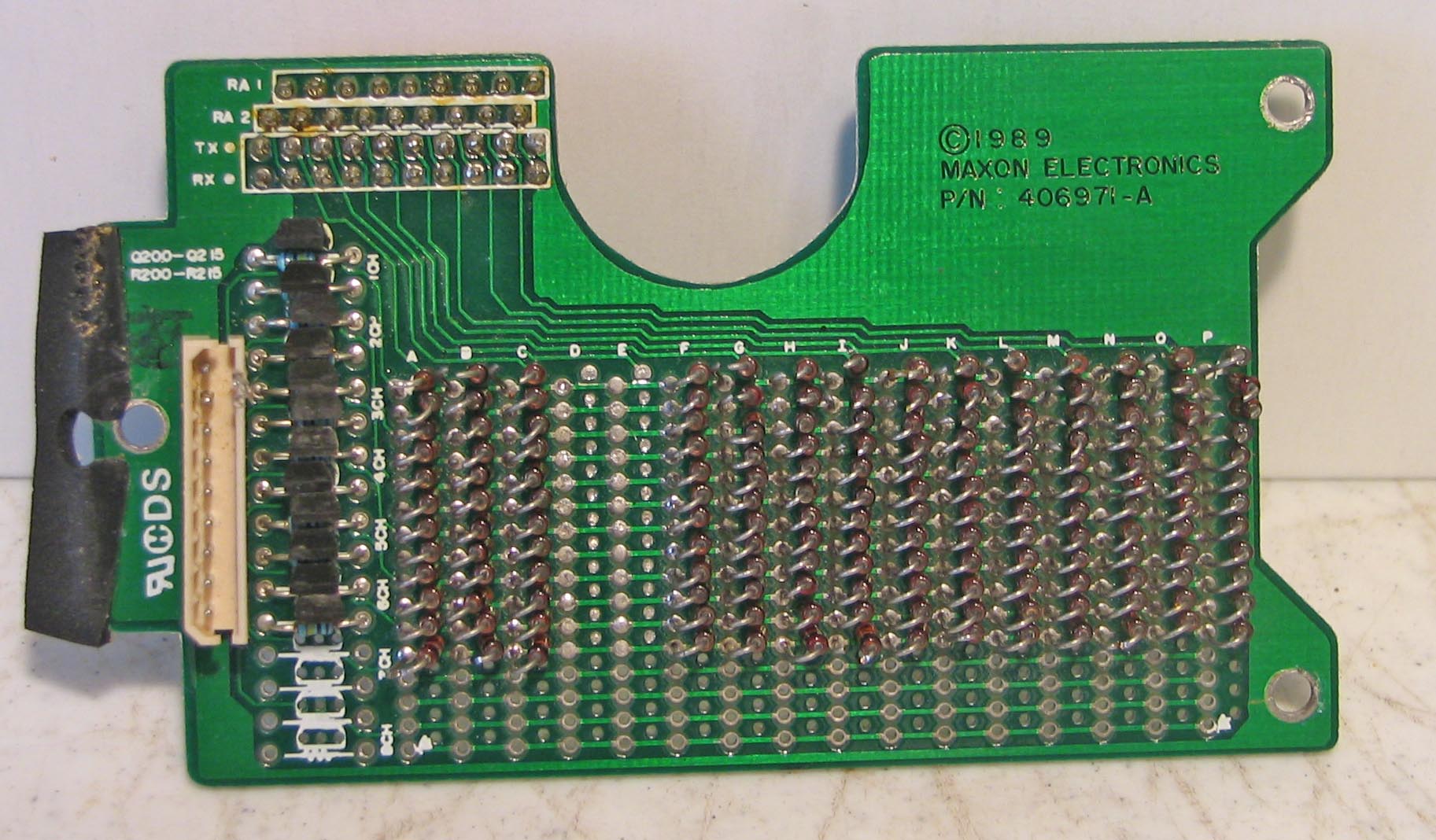Oldies - Radio Times
A collection of old programs I made in several languages like Basic, Clipper and Visual Basic 6.0.
How to build and run these programs
In order to build and run Basic and Clipper programs, I’ve downloaded DOSBox which is a D.O.S. emulator that runs on Mac OS X and other platforms.
Also, I’ve found installers for CA-Clipper on a site called WinWorld, and Quick Basic 4.5 from http://www.phatcode.net/. Clipper extensions written in C, can be built with Borland C++ 2.0, wich can also be downloaded from this WinWorld link.
DOSBox allows you to mount directories of your local machine as drives. So, I’ve created two directories in my home folder and mounted them as A: and C:.
On DOSBox run:
Z:\>mount a ~/temp
Z:\>mount c ~/driveWhen you extract the downloaded CA-Clipper installer, you will see two disk images disk01.img and disk02.img. Then mount locally disk01.img and copy the files inside the image to your ~/temp. Mount disk02.img and copy the content to ~/temp, but without overwriting any existing file (you can press “Keep both” on Finder). Press Ctrl + F4 (or Ctrl + fn + F4) in order to force DOSBox to rescan the directory.
To run the installer, go back to DOSBox and type:
Z:\>a:
A:\>installFollow the instructions of the installer. I’ve installed it on C: drive, using default path \CLIPPER5
Add Clipper to the PATH environment variable, so you can build the sources from any directory
A:\>c:\AUTOEXEC.BATThe process to install Quick Basic 4.5 is pretty similar. Uncompress downloaded installer, and you’ll find two directories on it DISK1 and DISK2. Proceed to empty your ~/temp and copy the contents of both DISK directories on it. Don’t forget to rescan DOSBox with Ctrl + (fn) + F4.
Change to the A: drive and run SETUP.EXE. I’ve chosen default options, which results in a lot of
Same for Borland C++, go ahead and extract the disks on the temporary directory then run A:\INSTALL.EXE. You might need to set the path to find BCC binaries:
A:\>set PATH=%PATH%;C:\BORLANDC\BINMaxon SM-3010 Frequency / Diode Matrix calculator
Maxon SM-3010 is a VHF radio transceiver whose channel’s frequencies are programmed through an internal diode matrix, you either open or soldier diodes in order to program a frequency.
There was a technical manual with lots of printed pages with all the possible frequencies, which was very annoying at the time. Using some deduction, we figured out the algorithm to calculate the matrix.
This Clipper program (named just 3010) was used to calculate the frequency given the current state of the diode matrix (open / closed), and also the other way around, given a frequency, display diode state.
Also have a nice 3 page screen showing some of the equipment features. All in Spanish :D
Code is from September 1996, so don’t expect too much.
To build the code, copy the source (see GitHub link below), to your ~/drive and then run:
A:\>c:
C:\>cl 3010
... wait for build to finish
C:\>3010.EXEMaxon SM-3010 Pictures found on the Internet
3010 Software Screenshots






ECG
Another Clipper program aimed to replace the famous semiconductor replacement guide ECG. Unfortunatelly, the database is empty, so this program is pretty much useless. I don’t think this code was ever used by anyone, to be honest. The idea looks good, but for this to work will require someone to go through the whole ECG guide copying thousands or millons of codes manually.
Note: The header of the file says that the authors are Bernardo Katz and Juan Matteucci, I don’t think I personally know Juan, but I know Bernardo for sure, so I must say that probably he either used this code to teach me how to program in Clipper or I used his code from another project as a base for this prototype.


QSL Manager
This Clipper program, oddly named VENTANA (which is window in Spanish as you might know) was used to keep track of QSL cards sent or received, and also as an utility to find the country given the first letters of a ham radio license. It has also a screen saver to protect your CRT monitor! WOW!. It uses a C extension in order to support mouse, and to display two clocks on screen one with the local time and the other with UTC. So, you’ll need Borland C besides CA-Clipper in order to build this software. It was used by my friend LU8AAK.













Comments